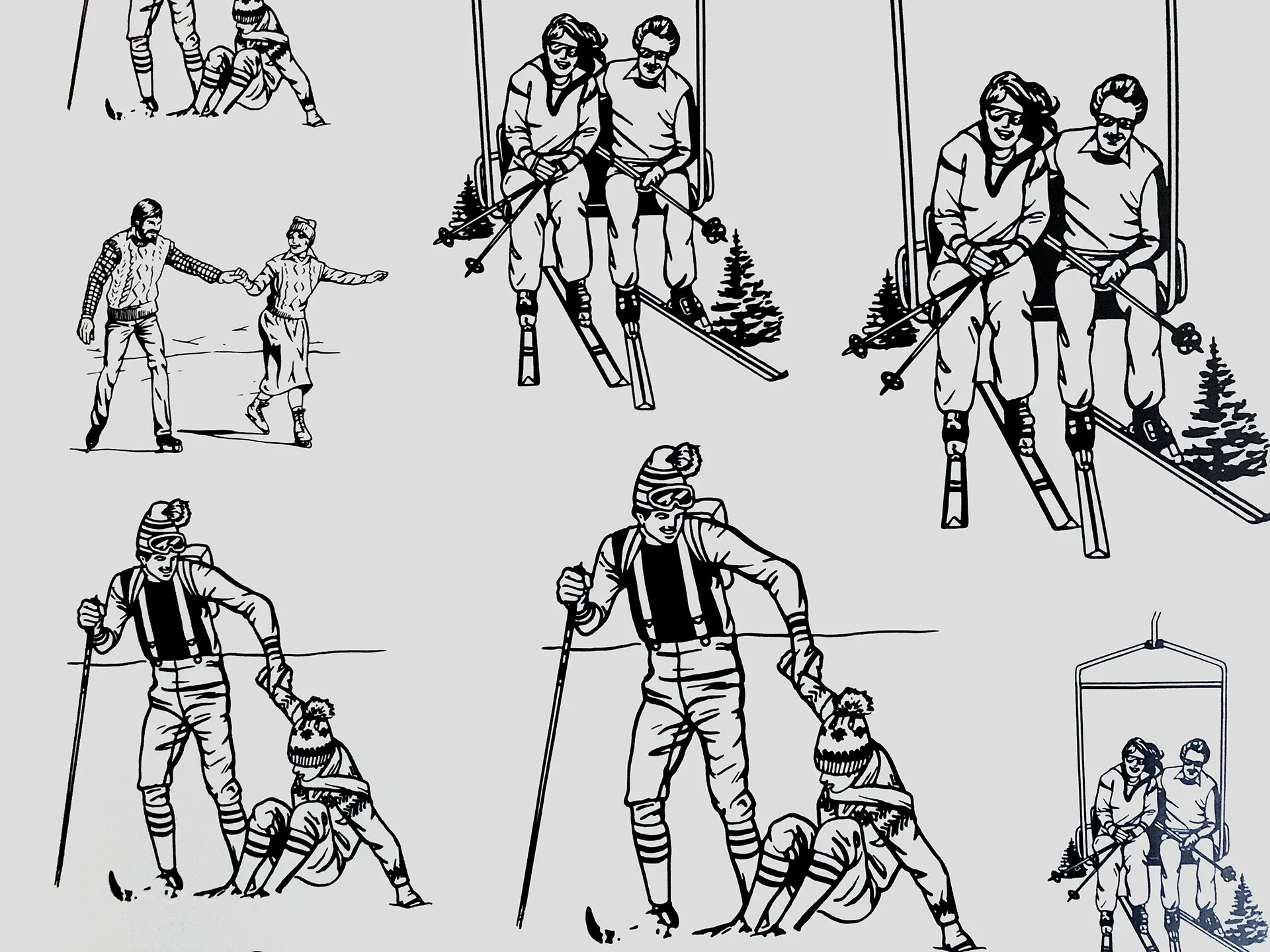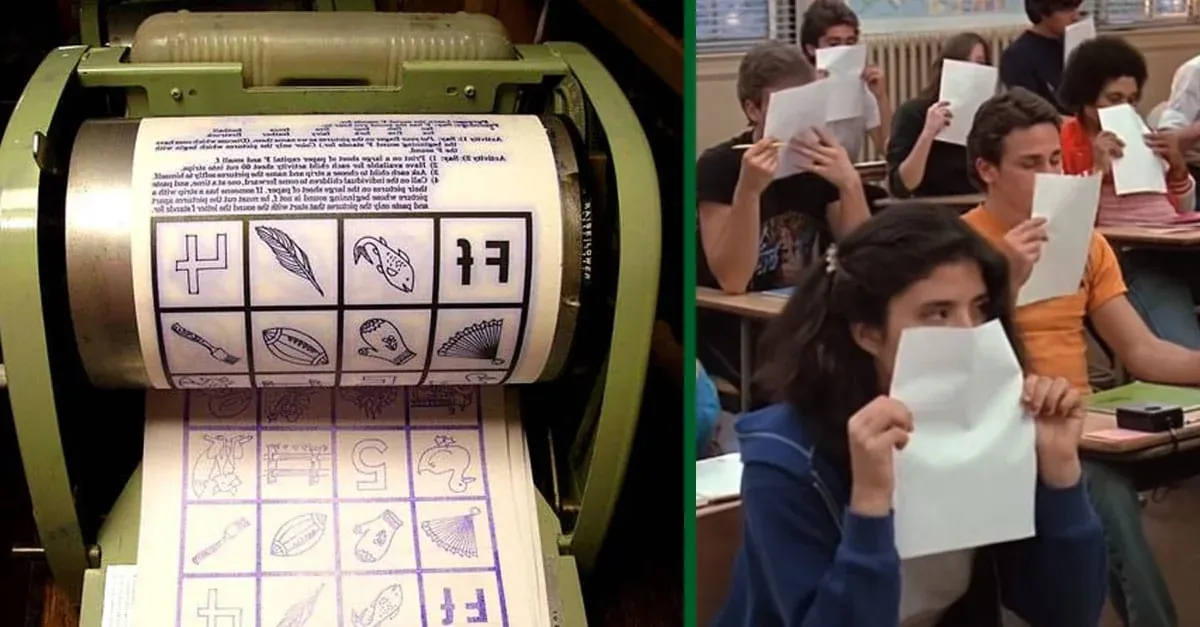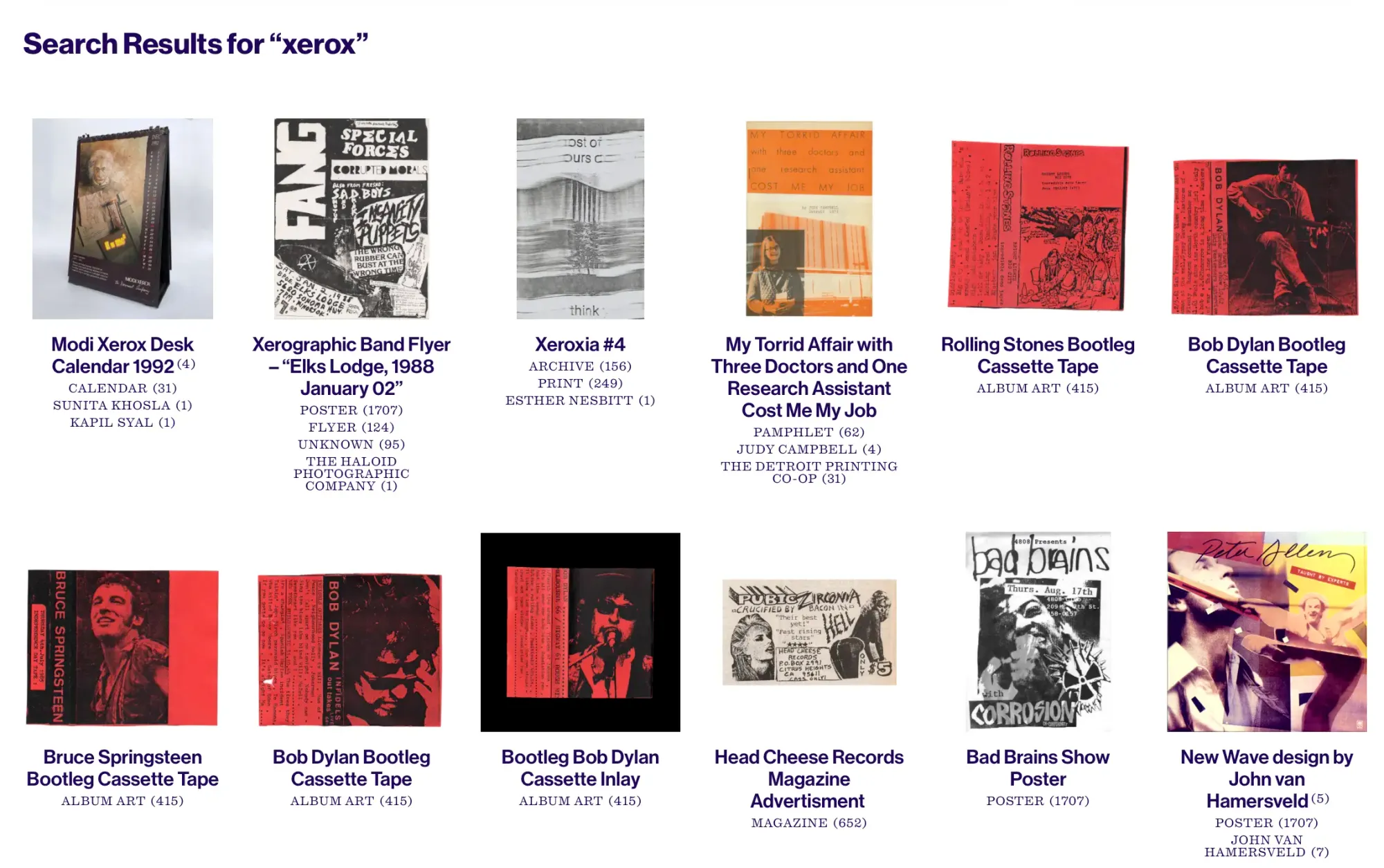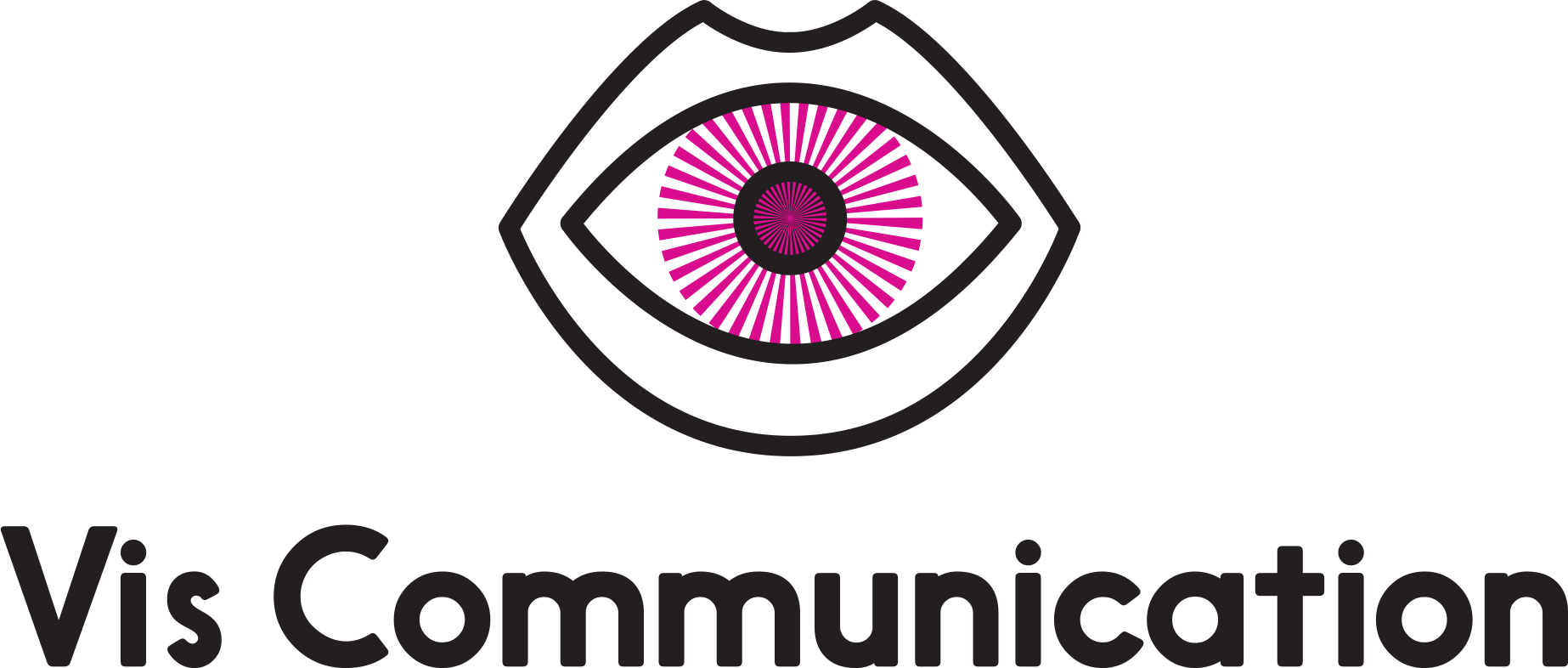An Ode to the Copy Machine
Kinko's was my third place.

Still not in work mode and saw a couple things that reminded me of how awesome the copy machine was and still is. I wrote not too long ago about how technology shapes design and this is yet another example.
If you’re viewing this in an email, click here to view in browser which is recommended for this post.
First up is this copy machine from the 18th century at M.S. Rau in New Orleans:
Imagine waiting two weeks for your copy. Seems like it would be quicker to write out a second version, but I’m glad someone figured this out anyway. I guess a second version is just that and not an actual copy of the original.
Anybody else old enough to remember these mimeograph/ditto machines from elementary school? We tend to think of a copy as being black, but for a long time they were this purply blue. It was a good day if you got asked to go to the office and make copies. Didn’t realize these things were around for as long as they were – thanks Thomas Edison.

Overview with lots of visual examples.
Technical deep dive.
And then I saw this making of Nirvana’s Nevermind type.
I spent so much time at Kinko’s it was one of my third places. Libraries used to have copy machines as well as most post offices. At a time when professional printing was really expensive and time consuming, because it involved actual plates and presses, the copy machine was a way to produce things cheaply and quickly. I would spend hours pasting things up and organizing them before I went. You could make anything you wanted. And experiment. What happens if I move the paper? What happens if I open the lid mid-way? What happens if I put it on the lightest or darkest setting? Oh, I screwed that up. No, wait, it's actually kind of cool. There was always an element of chance involved.
You can see the copy machine’s influence on design in zines and flyers all day long. There are plenty of fonts and filters these days to mimic the “grunge” look of a copy.

There were also properties of the toner that made it transferrable to lots of other mediums with chemical solvents. And you could essentially create a foil stamp with a special machine called an Omnicrom. I copied tons of stuff to use for collage. The copy could be the end result, or a means to another medium. It was fun because you could play around with it, and it cost literally pennies.
Go make a zine on a copier – here's a template.

